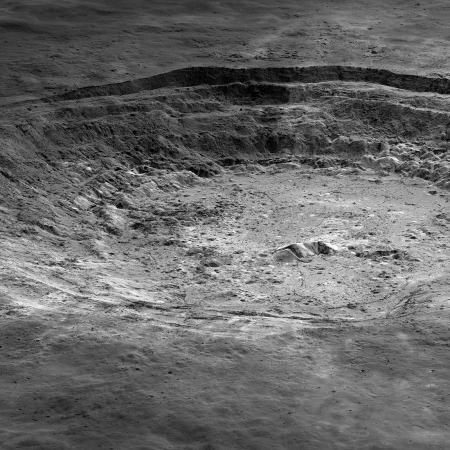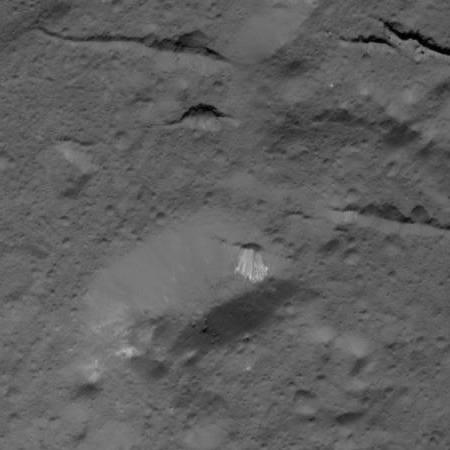True color images of Pluto and Charon
The New Horizons science team has released mosaic global images of Pluto and Charon, calibrated to capture their true colors as closely as possible.
These natural-color images result from refined calibrations of data gathered by New Horizons’ Multispectral Visible Imaging Camera (MVIC).”That processing creates images that would approximate the colors that the human eye would perceive – bringing them closer to ‘true color’ than the images released near the encounter,” said Alex Parker, a New Horizons science team co-investigator from Southwest Research Institute, Boulder, Colorado.
Because MVIC’s color filters don’t closely match the wavelengths sensed by human vision, mission scientists applied special processing to translate the raw MVIC data into an estimate of the colors that the eye would see. The colors are more subdued than those constructed from the raw MVIC color data, because of the narrower wavelength range sensed by the human eye.
Both images were taken as New Horizons zipped toward closest approach to Pluto and its moons on July 14, 2015; Charon was taken from a range of 46,091 miles (74,176 kilometers) and Pluto from 22,025 miles (35,445 kilometers). Each is a single color MVIC scan, with no data from other New Horizons imagers or instruments added. The striking features on each are clearly visible, from Charon’s reddish north-polar region known as Mordor Macula, to the bright expanse of Pluto’s, nitrogen-and-methane-ice rich “heart,” named Sputnik Planitia.
I must add that these images show only one hemisphere, since the New Horizons flyby did not get a good look at the opposite hemisphere. We won’t know what the other half of both planets look like for many decades.
The New Horizons science team has released mosaic global images of Pluto and Charon, calibrated to capture their true colors as closely as possible.
These natural-color images result from refined calibrations of data gathered by New Horizons’ Multispectral Visible Imaging Camera (MVIC).”That processing creates images that would approximate the colors that the human eye would perceive – bringing them closer to ‘true color’ than the images released near the encounter,” said Alex Parker, a New Horizons science team co-investigator from Southwest Research Institute, Boulder, Colorado.
Because MVIC’s color filters don’t closely match the wavelengths sensed by human vision, mission scientists applied special processing to translate the raw MVIC data into an estimate of the colors that the eye would see. The colors are more subdued than those constructed from the raw MVIC color data, because of the narrower wavelength range sensed by the human eye.
Both images were taken as New Horizons zipped toward closest approach to Pluto and its moons on July 14, 2015; Charon was taken from a range of 46,091 miles (74,176 kilometers) and Pluto from 22,025 miles (35,445 kilometers). Each is a single color MVIC scan, with no data from other New Horizons imagers or instruments added. The striking features on each are clearly visible, from Charon’s reddish north-polar region known as Mordor Macula, to the bright expanse of Pluto’s, nitrogen-and-methane-ice rich “heart,” named Sputnik Planitia.
I must add that these images show only one hemisphere, since the New Horizons flyby did not get a good look at the opposite hemisphere. We won’t know what the other half of both planets look like for many decades.






